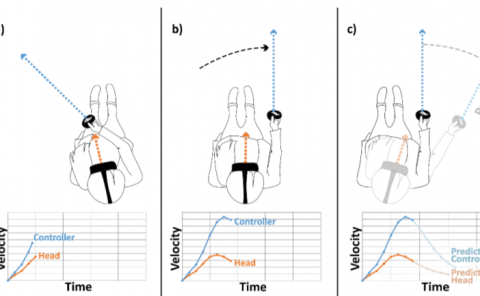Enhancing Bandwidth Efficiency for Video Motion Transfer Applications using Deep Learning Based Keypoint Prediction
PubDate: March 2024
Teams: West Virginia University, Morgantown, WV, 26506, USA2Intel Corporation, Santa Clara, CA, USA3University of Southern California, Los Angeles, CA, 90089, USA4Coupa Software, San Mateo
Writers: Xue Bai1, Tasmiah Haque1, Sumit Mohan2, Yuliang Cai3, Byungheon Jeong4, Ad´am Hal´asz ´ 1,and Srinjoy Das
Abstract
We propose a deep learning based novel prediction framework for enhanced bandwidth reduction in motion transfer enabled video applications such as video conferencing, virtual reality gaming and privacy preservation for patient health monitoring. To model complex motion, we use the First Order Motion Model (FOMM) that represents dynamic objects using learned keypoints along with their local affine transformations. Keypoints are extracted by a self-supervised keypoint detector and organized in a time series corresponding to the video frames. Prediction of keypoints, to enable transmission using lower frames per second on the source device, is performed using a Variational Recurrent Neural Network (VRNN). The predicted keypoints are then synthesized to video frames using an optical flow estimator and a generator network. This efficacy of leveraging keypoint based representations in conjunction with VRNN based prediction for both video animation and reconstruction is demonstrated on three diverse datasets. For real-time applications, our results show the effectiveness of our proposed architecture by enabling up to 2x additional bandwidth reduction over existing keypoint based video motion transfer frameworks without significantly compromising video quality


